The Gateway of India is an iconic monument that holds a significant place in the history of Mumbai. The historical landmark of Mumbai has become synonymous with the city itself. Constructed in 1924, this grand structure has witnessed numerous historical events and continues to captivate visitors from around the world. The premise of the Gateway of India serves as a popular gathering spot for the visitors and tourists, offering breathtaking views of the Arabian Sea. The intricate architectural details of the Gateway of India reflects a glorious history of Mumbai.
The Gateway of India has witnessed countless historical events over the years. Mumbai’s most prominent landmark during India’s freedom movements also marked the departure of the last British troops from India in 1947. Mumbai Gateway of India now belongs to the 371 heritage sites identified by the state government of Maharashtra. The Archaeological Survey of India now maintains the Mumbai’s one of the greatest historical landmarks.
History Behind the Construction of the Gateway of India
Mumbai Gateway of India history dates back to the early 20th century when the British Empire was at its peak. The primary objective of the construction of Gateway of India was to commemorate the visit of King George V and Queen Mary to Bombay (present Mumbai). The other purpose was to mark the landing point of British governors and viceroys.
The Mumbai Gateway of India inscription bears the history behind its construction. British Emperor and Empress had landed at Apollo Bunder (port), Mumbai on 2 December 1911. The date of landing of the British King and Queen is also written in the Gateway of India inscription.

Sir George Sydenham Clarke, who was then the Governor of Bombay, laid first foundation stone in March 1911. George Wittet did the design work of it. However, the design approval took a bit longer time until August 1914. But the land belonged the Apollo Bunder. Hence the land reclamation work went on for next few years, finally ended in 1919.
Gammon India did the construction work which finally completed in 1924. Total estimated cost of construction was nearly 21 lakhs of Rupees. The Government of India borne the entire cost of construction. However, the approach road remained unbuilt due to lack of fund.
Architecture of Gateway of India
Gateway of India architecture actually is build upon a Triumphal arch concept. Wittet added the Indo-Saracenic architectural flavor to it. Apart from Wittet, several British architects had used this architecture in several government constructions during late 19th and 20th century. Victoria Memorial Kolkata is another classic example of an Indo-Saracenic architecture. Beside this, the monument also has great resemblance Gujrati or Indo-Islamic architecture.
Entire construction comprises of yellow Basalt rocks, sourced locally. However, the perforated screens were brought from Gwalior.
The rectangular structure consists of three sections. Central arches of the structure are 85 feet high. The central block houses a dome of 48 feet in diameter and 83 feet high.
Gateway of India History
Inaugural ceremony
Viceroy Rufus Isaacs inaugurated the Gateway of India on 4 December 1924. The inaugural ceremony was a grand one indeed. A crude jetty, which was renovated later, was used as landing base for the Governor and other VVIPs.

Symbolic exit of the British
Ironically, the Gateway had also been the official exit gate for the British. The first Battalion of the Somerset Light Infantry, the last British troop, marched out of India on 28 February 1948. Although India had already been a independent country, but that day remains as an emotional day in the history of India.
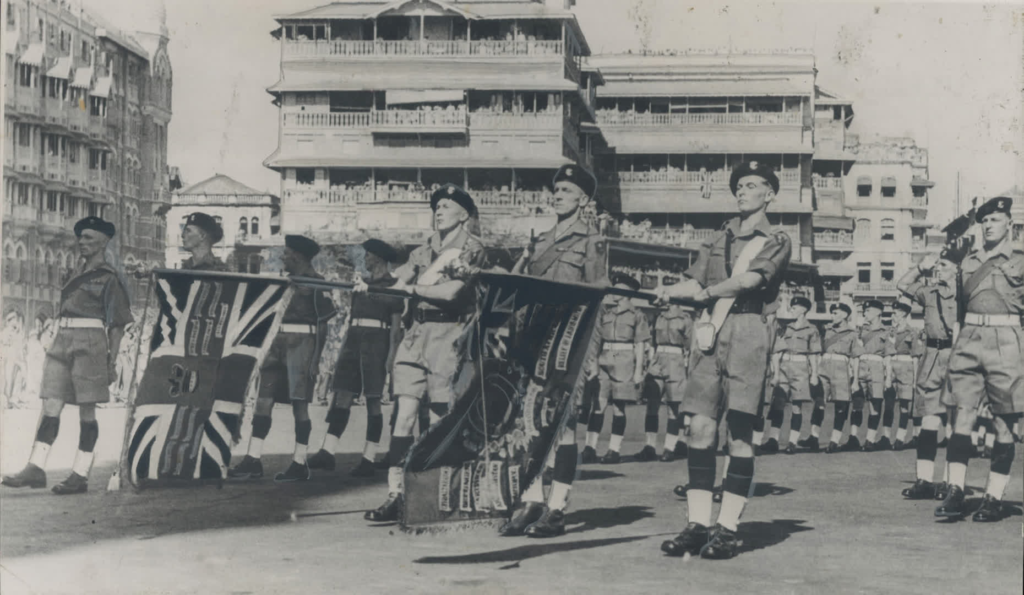
Terrorist attacks at the Gateway
The sentimental site of the history of India, also have witnessed a couple of terrorist attacks.
On 25 August 2003, a twin car bombing killed 54 and injured another 244 people. One of the two car explosions occurred in front of the Gateway of India. The other car bomb exploded at Zaveri Bazar, a jewellery market in the vicinity.
The second associated attacked, also named as 2008 Mumbai attack, or 26/11 Mumbai attack, killed about 150 Indian and foreign nationals. On 26 November 2008, a group of terrorists from Lashkar-e-Taiba, arrived at the Gateway of India with a boat. They carried out killing operations in 12 different locations of Mumbai. The Taj Hotel just on the opposite, was another prime site of the attack.
After the 26/11 attack of Mumbai, public access to site restricted with enforcement of security forces. For further enhancement of security, the state government proposed to close all the jetties from the Gateway.
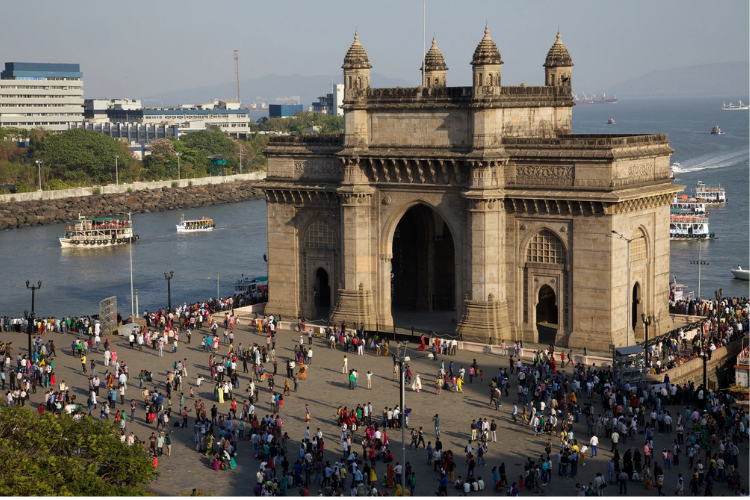
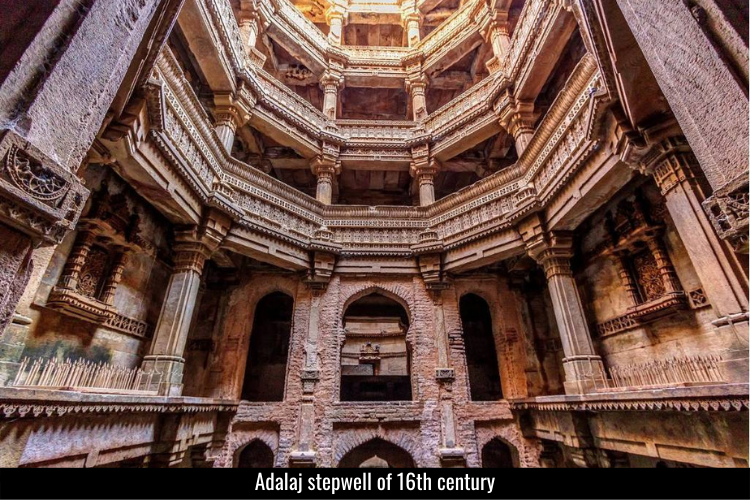
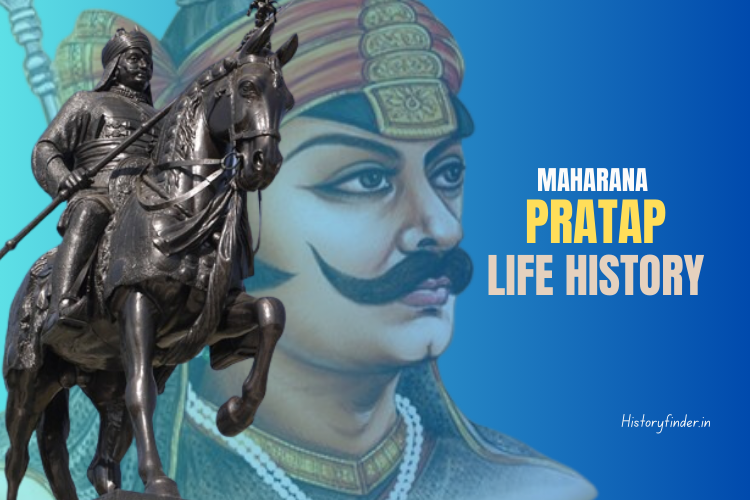
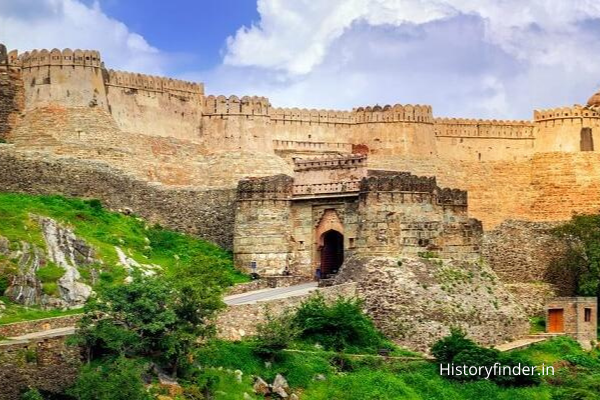
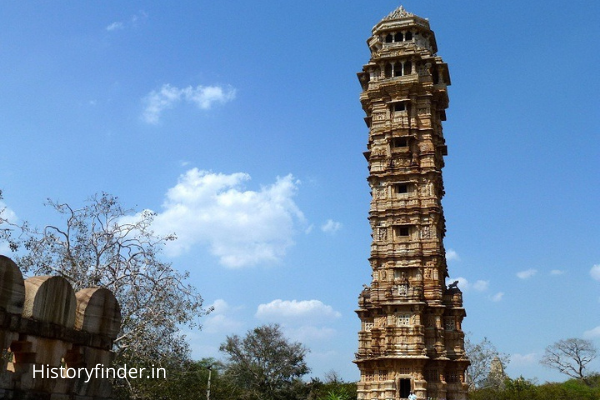
Pingback: History of India Gate of New Delhi - History Finder